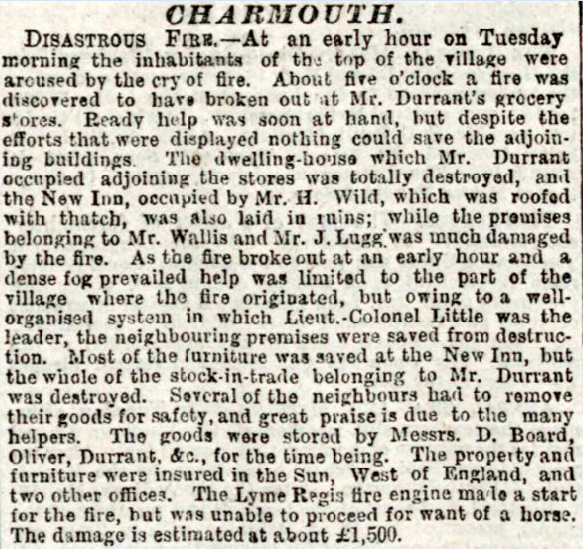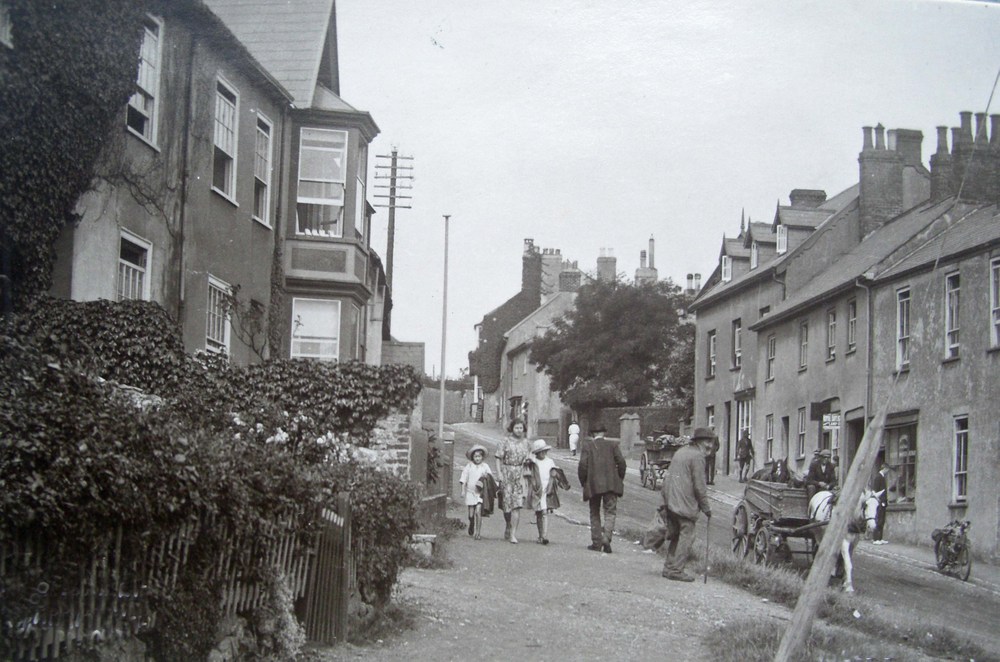Scroll down to find out more. Click on images or Home to return back.


The Charmouth Historian, Reginald Pavey writes:
Granville House which is below is older than "Waterloo House". In 1587 it was owned by Thomas Oliver and Mary his wife and was described as being a cottage with a garden; on the north side bounded by the lands belonging to the Manor: on the West by the house of Mary New widow: on the east with the house of Benjamin Paine and on the South by the King's Highway, Where this cottage was is difficult to locate as the King's Highway was on the south. The property in the sixteenth century probably included the land where ''Waterloo House" was later built and the cottages lower down. In 1711 it was sold to Nicholas and Thomas Follett for £6, and in 1732 owned by Elizabeth, wife of Thomas Follett, a victualler. It then passed to Robert Fowler of Thormouth, Devon, Later owners were John Bazely a husbandman and Sam Taylor, a mason, paying £15, In 1793 the property was described as being a messuage and garden, adjoining a dwelling for many years "prostrate", which was afterwards rebuilt, and a little orchard and in possession of Samuel Oliver of Lyme Regis. Oliver, in the deeds, is described as being a 'Helier" , or thatcher, and sold part of the property to Benjamin Diment in 1803, as already mentioned. In 1814 John Potter, a'cord-wainer was in possession and in 1869 William, his son. One Christmas Eve in the 1880s it was destroyed by fire. Potter was carried across the road and watched his house burn, seated on a chair.The house was rebuilt by the insurance company and the next tenant was W.G.Copp, a tailor. After he left, the house was purchased by Fred Hutchings, bootmaker, which was later inherited by his sons Ernest and Fred. The back of the house is very confused, the original wall on the north side still stands, but the old house occupied a space at least 8 feet further away from the pavement






 78* b.
78* b.